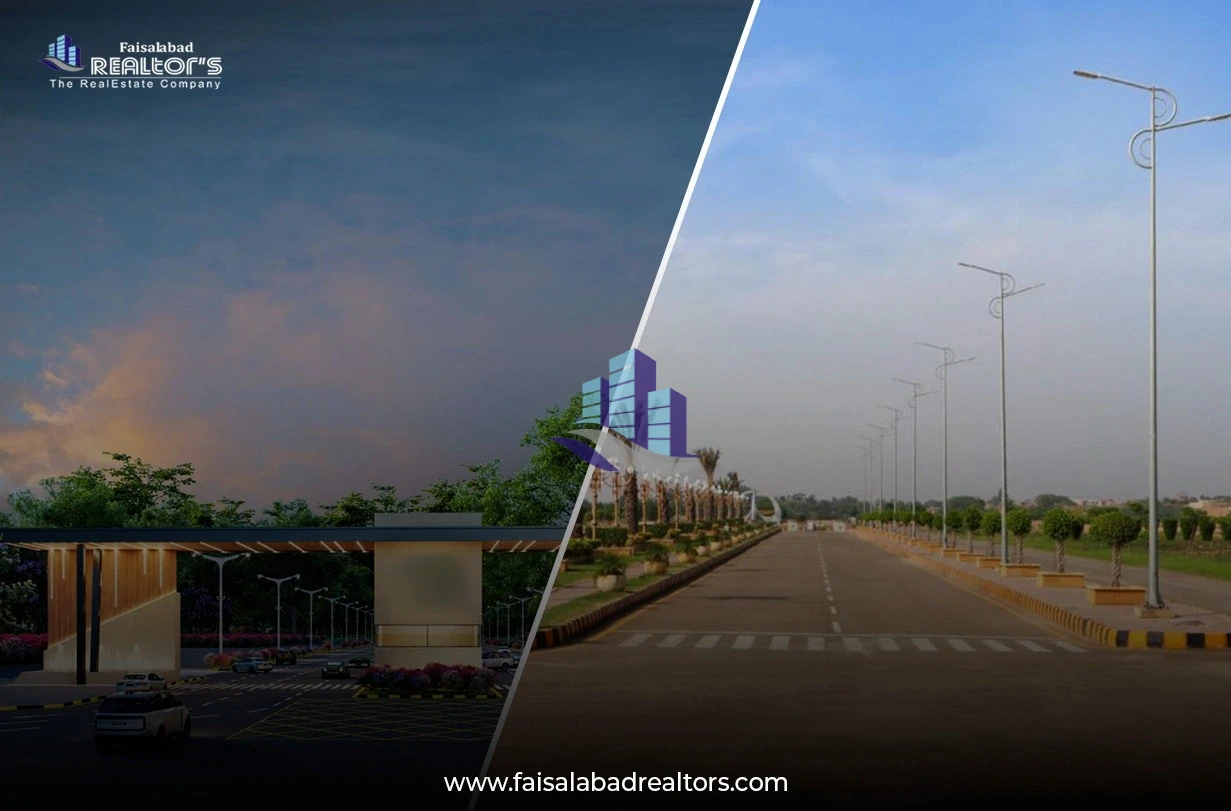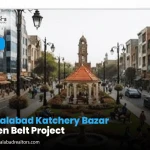Choosing between a gated community and an open locale is one of the most important decisions homebuyers must make. Both choices have some advantages and disadvantages. Let's explore the differences between gated and non-gated communities and examine the current patterns in house purchases for 2025.
Gated vs Non-Gated Communities: A Quick Overview
Aspect | Gated Communities | Open Localities |
Security | Highly Controlled access and surveillance | Varies – No controlled entry, may rely on local police |
Privacy | High – Limited entry and more secluded | Varies – More open and accessible to all |
Community Features | Often include parks, pools, and gyms | Limited amenities, often community-based |
Cost | Generally higher due to additional services and security | Generally more affordable |
Accessibility | Restricted access, fewer outsiders | Easier access for everyone |
Gated Communities: Pros and Cons
Gated communities are becoming increasingly popular among homebuyers, and it’s easy to see why. Here are some key benefits:
Pros:
- Enhanced Security
Better safety and surveillance are offered by gated communities , which give a regulated environment with limited access. Families or single people looking for a safe place to live would find this perfect.
- Privacy
The limited entry to gated communities helps maintain the privacy of residents. Less foot traffic and fewer outsiders passing by your property ensure a more secluded environment.
- Exclusive Amenities
Many gated communities offer high-end amenities such as swimming pools, gyms, parks, and clubhouses, which enhance the overall living experience.
- Higher Property Value
Because they are safer and have better features, homes in gated communities tend to sell for more money when they are time to sell. With this, they're a good long-term buy.
- Peaceful Environment
Controlled access to gated communities frequently results in quieter environments, free of the noise and distractions prevalent in more open locations.
Cons:
- Higher Costs
Due to added amenities and security, homes in gated communities are often more expensive compared to properties in open localities. This can be a disadvantage for budget-conscious buyers. - Limited Freedom
With restricted access points, residents may feel less freedom in terms of coming and going, primarily if they are used to the open flow of public spaces.
- Maintenance Fees
Additional monthly or annual fees for security services and upkeep abound in gated communities. Over time, these additional expenses can mount up.
- Isolation
While solitude is a benefit, for some residents who would like to participate in social events and be part of the larger society, it can sometimes feel isolating.
- Lack of Public Infrastructure
People who live in gated communities might have to drive farther to get to places like schools, hospitals, and shopping malls that are open to the public.

Open Localities: Pros and Cons
Pros:
- Affordability
Homes in open areas tend to be more affordable, making them a great choice for first-time buyers or those on a tight budget.
- Easy Access
Open communities have no limited access points. Thus, you have simple access to your house and can visit as you like without any restrictions.
- Proximity to Local Amenities
Open spaces are often closer to schools, public transit, shopping malls, and other important services, which makes daily life easier.
- Community Feel
Open localities often foster a more connected community since residents are not as isolated. This can lead to more social interaction and involvement in local activities.
- Lower Maintenance Fees
Since there is no private security or special amenities, the overall cost of living in an open locality tends to be lower.
Cons:
- Lower Security
Open localities typically do not offer the same level of security as gated communities. There may be a higher risk of exposure to risks such as theft or break-ins.
- Lack of Privacy
Without restricted access, open localities often have more foot traffic and visitors, which can lead to less privacy for residents.
- Fewer Amenities
Unlike gated communities, open localities usually lack special facilities like parks, swimming pools, or gyms, which would influence the quality of life.
- Potentially higher noise levels
Usually more easily reachable to the general public, open locations may cause more noise from automobiles, people walking, and outdoor events.
- Variable Upkeep
Public places in open regions might not be as well-kept as they are in gated communities, which would influence the general quality of living.
But these places might not offer as much privacy and safety as gated neighborhoods. Depending on where you live, you may also find that the community's facilities and upkeep are not as good as in gated areas.
Home Buyers Trend in 2025
The selection of a residence will be significantly influenced by lifestyle elements and security by 2025. The debate between gated and non-gated communities is critical in today's age, as homebuyers seek a balance between safety and cost.
- The Top Concern is Safe Housing: Many consumers are moving toward gated communities. It is for security and peace of mind that takes center stage. People value their safety and privacy more than ever before. It has driven a trend toward gated communities.
- Focus on New Homes: Buyers of new houses in gated communities are also more interested in them. They typically feature modern conveniences and also modern infrastructure that meet the demands of up-to-date families.
- Real Estate Trends 2025: Gated community developments are expected to continue driving expansion in the real estate industry in 2025. As demand for safe, premium homes rises, more gated communities will probably be developed to provide homeowners a mix of luxury and protection.
Conclusion
Your priorities will help you decide when you buy a house. If you prefer an open area or a gated community. If you are looking for security, privacy, and some added conveniences. A gated community must be the perfect choice for you if you are looking for affordability, flexibility, and an easy access option to city life. So, for you, an open area might be just the right fit.
Houses in gated communities that are well-kept seem to be in great demand. Furthermore, it is highly probable that the demand for safe houses would persist beyond the year 2025. Homebuyers in today's marketplace place a premium on the lifestyle and security features offered by their new residence, making this decision all the more important.
Whatever you decide, just make sure it fits well with your long-term goals. Also, you must check them according to your lifestyle and financial situation. Happy house hunting!
Related posts:
The Faisalabad Katchery Bazar Green Belt Project is a new development and beautification project started by the city administration. Katchery Bazar is one of the oldest and busiest markets of Faisalabad. And this is located near Ghanta Ghar. This project...
Faisalabad is widely known as the industrial backbone of Pakistan. With its strong textile base, expanding industrial zones, and excellent road connectivity, the city has become a top destination for manufacturers and investors. Today, industrial land for sale in Faisalabad...


 Faisalabad Katchery Bazar Green Belt Project
Faisalabad Katchery Bazar Green Belt Project
 Industrial Land for Sale in Faisalabad: A Growing Hub for Smart Investors
Industrial Land for Sale in Faisalabad: A Growing Hub for Smart Investors
 Punjab Government Patwar System
Punjab Government Patwar System
 Islamabad–Tehran–Istanbul Freight Train to Resume on December 31
Islamabad–Tehran–Istanbul Freight Train to Resume on December 31
 Punjab Government Launches Free Parwaz Card in 2026
Punjab Government Launches Free Parwaz Card in 2026